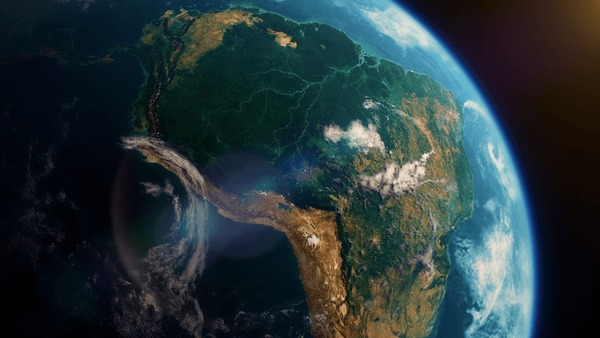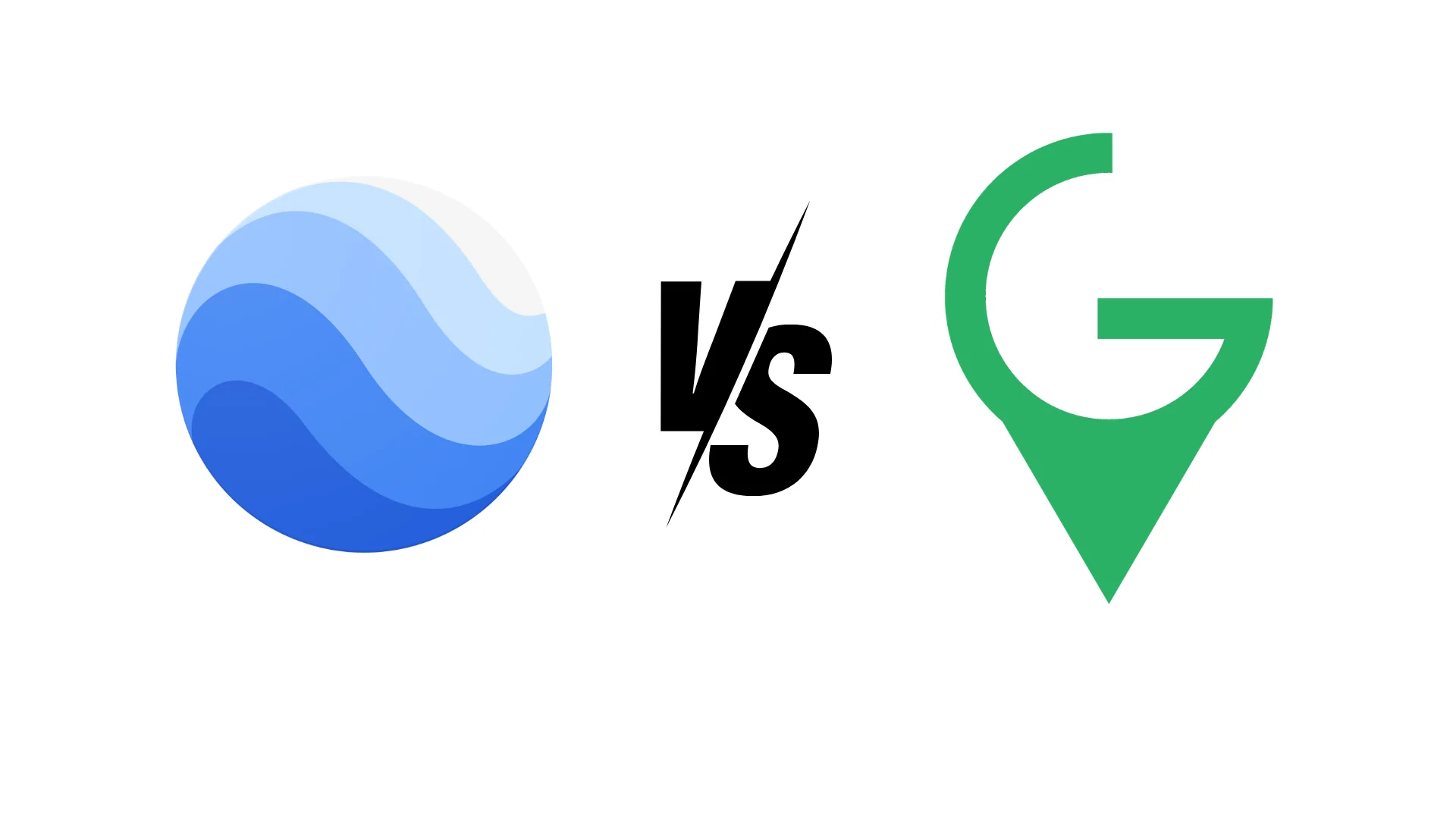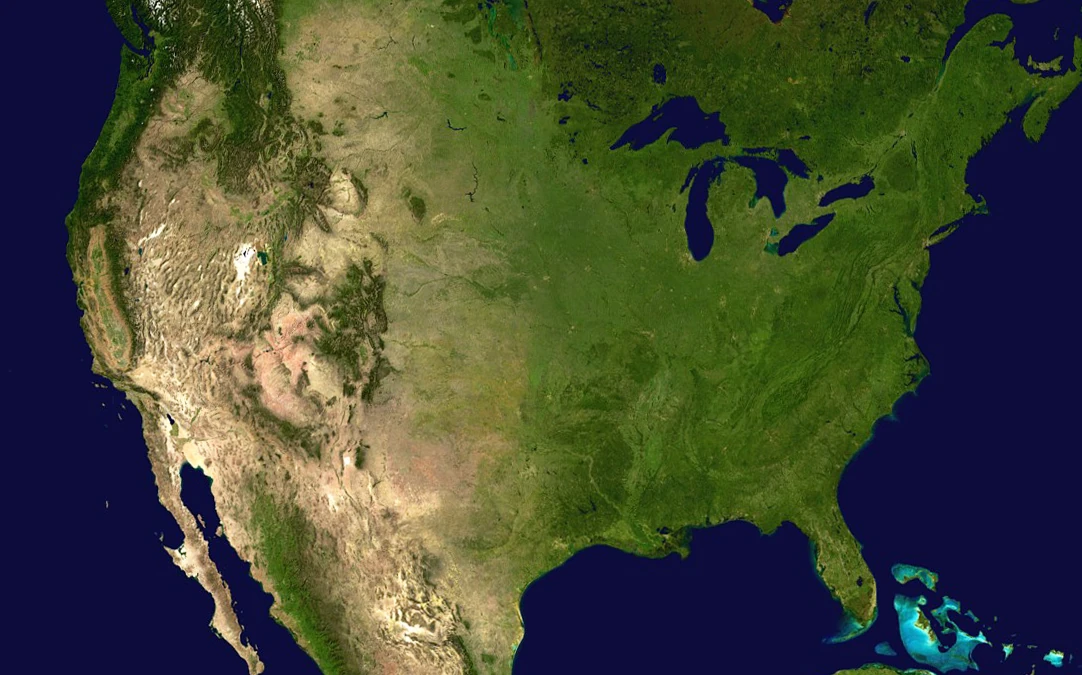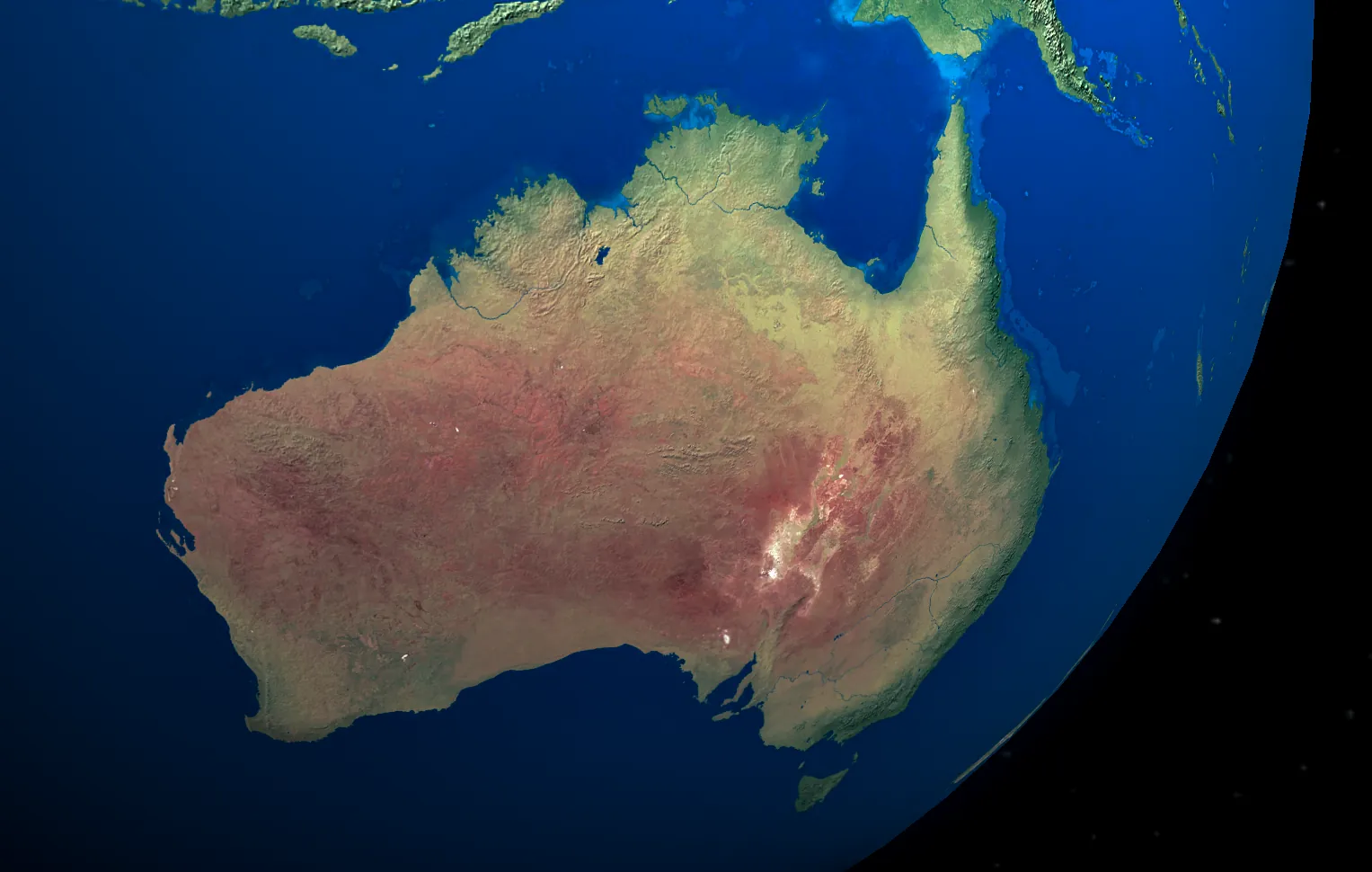10 Best Free Sources of Satellite Data for Brazil
Summary
Pera Portal: Unlimited free Sentinel-2 browsing with 45+ pre-configured spectral indices (NDVI, NDWI, EVI, etc.) viewable in-browser. Advanced band ratio calculations, zero setup required. Global coverage including comprehensive Brazilian imagery. Plus access to 100+ commercial satellites for premium imagery when needed
INPE (National Institute for Space Research): Best comprehensive source for Brazilian satellite data including CBERS and Amazonia-1 imagery
MapBiomas: Best for historical land use and land cover mapping across Brazil with annual updates since 1985
TerraClass Amazonia: Best for Amazon rainforest monitoring and deforestation tracking
Google Earth: Best for general purpose viewing and basic exploration of your property
Copernicus Data Space Ecosystem: Best for environmental monitoring and agricultural applications with frequent Sentinel updates
NASA FIRMS (Fire Information): Best for real-time fire detection and monitoring across Brazilian territories
Global Forest Watch: Best for forest monitoring, deforestation alerts, and environmental tracking
IBGE Geosciences: Best for official Brazilian government geospatial data and statistical mapping
Zoom Earth: Best for near-current weather and environmental condition tracking across Brazil
Overview
Looking for satellite images of your house in Brazil? Want to view historical satellite imagery of your property for free? You’re in the right place.
This guide will help you explore the various sources of satellite data available in Brazil, whether you want to view imagery directly in your browser or download data for further analysis.
Understanding Real-Time Satellite Imagery
Many people search for “live satellite view” or “real-time satellite images” of their house, but here’s the truth — despite what movies might suggest, live satellite imagery isn’t possible with current technology. What you see on mapping platforms is usually imagery captured weeks or even months ago.
What’s Available in Brazil
If you’re searching for free satellite imagery in Brazil, it’s important to understand what’s available:
- Most free satellite images are updated every few months to years.
- Free imagery generally has lower resolution (you can see buildings, but not detailed features).
- High-resolution imagery with clear details often requires a paid subscription.
- Real-time satellite imagery does exist but is typically limited to weather forecasting or emergency services.
Fortunately, Brazil has world-leading satellite data infrastructure through INPE and several other government and research platforms. Whether you are a property owner, researcher, farmer, or just curious, we’ll walk you through the best free and paid options available.
1. INPE - National Institute for Space Research
INPE’s Image Catalog is Brazil’s premier platform for accessing free satellite imagery. INPE operates Brazil’s own satellites and provides comprehensive coverage of Brazilian territory.
Key Features:
- Free access to CBERS (China-Brazil Earth Resources Satellite) imagery.
- Amazonia-1 satellite data — Brazil’s first 100% nationally-built Earth observation satellite.
- Landsat data specifically processed for Brazilian territories.
- Historical archives dating back decades.
- Advanced search by location, date, and satellite sensor.
- Ideal for agricultural monitoring, environmental research, and natural resource management across Brazil.
2. MapBiomas
MapBiomas is an extraordinary Brazilian initiative providing annual land use and land cover maps for all of Brazil from 1985 to present.
Key Features:
- Complete land use classification for all Brazilian biomes (Amazon, Cerrado, Caatinga, Atlantic Forest, Pantanal, Pampa).
- Annual maps showing deforestation, agricultural expansion, and urbanization.
- Interactive platform for visualizing changes over time.
- Free downloads of classification maps and statistics.
- Essential for environmental monitoring, agricultural planning, and policy analysis.
- Transition matrices showing land use changes between years.
3. Pera Portal
Our Pera Portal provides completely free, unlimited access to Sentinel-2 satellite imagery with advanced analytical capabilities that surpass most free platforms.
Key Features:
- Unlimited free Sentinel-2 browsing with no registration walls or download limits.
- 45+ pre-configured spectral indices viewable instantly in your browser:
- NDVI (vegetation health and crop monitoring)
- NDWI (water detection crucial for Brazilian watersheds)
- EVI (enhanced vegetation index optimized for tropical forests)
- SAVI (soil-adjusted for Brazilian agricultural regions)
- MSAVI, NDBI, and many more
- Custom band ratio calculations — create your own indices for specialized analysis.
- Zero setup required — view processed imagery immediately without downloading or installing software.
- Global coverage including comprehensive Brazilian imagery updated every 5 days.
- Ideal for Brazilian applications:
- Agricultural monitoring across Cerrado, Mato Grosso, and southern states
- Amazon rainforest health tracking
- Atlantic Forest conservation monitoring
- Sugarcane and soybean crop assessment
- Pantanal wetland monitoring
- Water resource management for hydroelectric planning
- Premium commercial imagery access — upgrade to browse 100+ commercial satellites with sub-meter resolution when you need more detail.
Unlike other platforms that require technical knowledge or large downloads, Pera Portal makes advanced satellite imagery analysis accessible to everyone — from fazendeiros monitoring crop health in the interior to researchers tracking Amazon deforestation patterns.
4. TerraClass Amazonia
TerraClass Amazonia is INPE’s specialized platform for monitoring land use in deforested areas of the Brazilian Amazon.
Key Features:
- Detailed classification of land use in previously deforested Amazon areas.
- Multi-year datasets showing agricultural conversion and regeneration.
- Free access to classification maps and reports.
- Critical for understanding Amazon land dynamics beyond simple forest/non-forest mapping.
- Distinguishes between pasture, agriculture, secondary vegetation, and other uses.
5. Google Earth
Google Earth provides high-resolution satellite imagery across Brazil, including comprehensive coverage of both urban and remote Amazonian regions.
Key Features:
- Simple, intuitive interface accessible from any web browser.
- Historical imagery slider to view changes over time — particularly valuable for tracking deforestation.
- 3D terrain visualization perfect for mountainous regions.
- Coverage of remote areas including deep Amazon and Pantanal.
- Not suitable for downloading raw satellite data or technical analysis.
6. Copernicus Data Space Ecosystem
The European Union’s Copernicus program offers free, high-quality Sentinel satellite data with global coverage including all of Brazil.
Key Features:
- Sentinel-2 optical imagery updated every 5 days with 10-meter resolution.
- Sentinel-1 radar data for all-weather monitoring (crucial for frequently cloudy Amazon conditions).
- Free access without download limits or registration barriers.
- Ideal for agricultural monitoring in southern Brazil and Cerrado.
- Particularly valuable for monitoring Amazon where cloud cover often obscures optical imagery.
- Cloud-based visualization and download options.
7. NASA FIRMS - Fire Information for Resource Management System
NASA FIRMS provides near real-time active fire detection crucial for monitoring fires across Brazilian territories, especially in the Amazon and Cerrado.
Key Features:
- Active fire detection updated every 3 hours.
- Historical fire data dating back to 2000.
- Email alerts for fire detection in areas of interest.
- Essential during dry season for tracking agricultural burning and wildfires.
- Free API access for integration into monitoring systems.
- Critical tool for environmental enforcement and fire management.
8. Global Forest Watch
Global Forest Watch provides comprehensive forest monitoring tools with extensive Brazil coverage and Amazon-specific features.
Key Features:
- Near real-time deforestation alerts for Brazilian forests.
- Historical tree cover loss data since 2000.
- Interactive maps showing deforestation patterns across all Brazilian biomes.
- Integration with indigenous territories and protected areas.
- Free email alerts for deforestation in areas you monitor.
- Essential for conservation organizations and environmental monitoring.
9. IBGE Geosciences
The Brazilian Institute of Geography and Statistics IBGE Geosciences provides official government geospatial data including satellite-derived products.
Key Features:
- Official Brazilian government territorial data.
- Vegetation maps and biome classifications.
- Digital elevation models for all of Brazil.
- Land use and land cover data integrated with census information.
- Free downloads of authoritative datasets.
- Essential for official planning and research applications.
10. Zoom Earth
Zoom Earth provides frequently updated satellite imagery, focusing on weather patterns and environmental conditions across Brazil.
Key Features:
- Near-current weather and storm tracking.
- Updated multiple times daily with latest satellite passes.
- Excellent for tracking Amazon weather systems and rainfall patterns.
- Time-lapse animations showing weather development.
- No registration required for basic viewing.
- Useful for agricultural planning and weather monitoring.
Tips for Making the Most of Free Satellite Imagery Platforms
1. Find the Right Platforms. We’ve highlighted some of the best satellite data providers for Brazilian applications. INPE’s platforms are specifically designed for Brazilian needs and should be your first choice for local data.
2. Understand Platform Capabilities. Each platform offers unique features. For Amazon monitoring, consider radar-based Sentinel-1 data which penetrates frequent cloud cover. For agriculture in southern Brazil and Cerrado, optical data often works well.
3. Define Your Requirements. Specify what you need — the area of interest, time range, spatial resolution, and spectral bands — and use search filters to narrow down the results. Brazil’s vast territory means precise targeting is essential.
4. Use Visualisation Tools. Many platforms provide built-in tools to help you explore and analyse the data. Pera Portal’s spectral index capabilities, for example, can provide insights into crop health, forest conditions, and water resources without needing external software or technical expertise.
5. Be Selective with Downloads. Rather than downloading full datasets, focus on specific tiles or areas of interest to save time and storage space. For many use cases, cloud-based platforms like Pera Portal eliminate the need for downloads entirely.
By following these tips, you’ll be able to make the most of the available satellite imagery resources in Brazil, whether you’re conducting research, managing agricultural operations, monitoring environmental changes, or tracking deforestation across this ecologically critical country.




